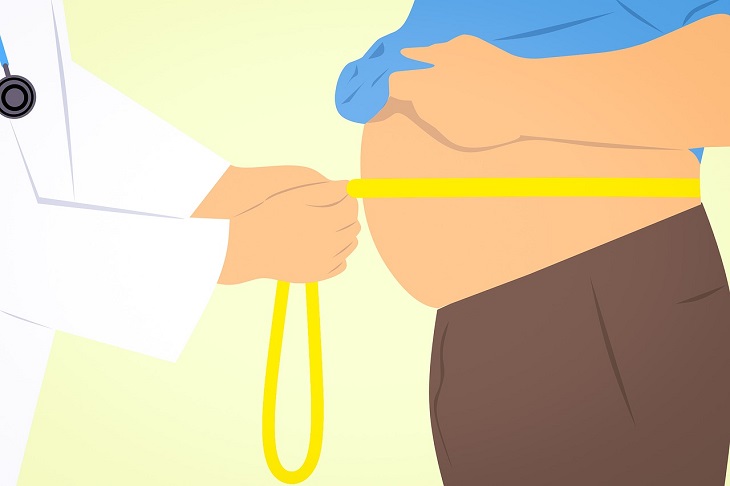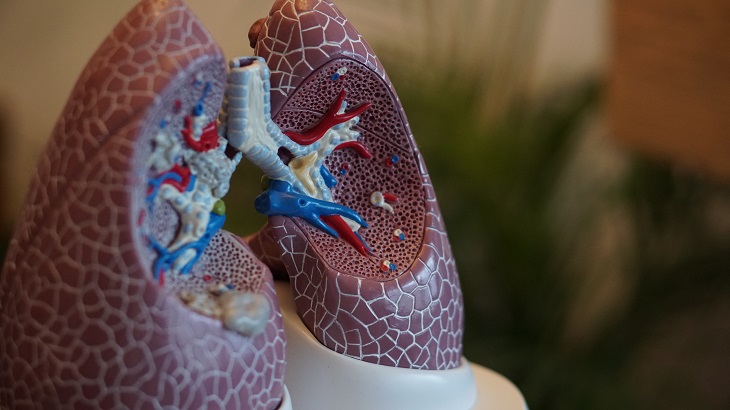There is an entire facet of the health industry focused on fat loss. There are many reasons why people would want to shed fat, from overall health to cosmetic reasons and even to improve mental health.
While many people understand the ins and outs of weight loss when it comes to burning more calories and eating less food, there is less understanding about where exactly fat goes when we lose weight, and how the body gets rid of it. The term “fat release” is sometimes used to define the body’s way of releasing fat – but what does “fat release” mean, exactly, and what bodily processes are involved in losing weight?
What is fat?
Body fat is made up of a grouping of cells known as adipocytes. These create connective tissue that is an important part of the endocrine system. In fact, adipose tissue is now hailed an organ of its own. Fat is stored in adipocytes and can be used to supply energy to the body if needed.
Fat, while often characterized as “bad,” actually has several valuable purposes when it comes to human health. For example, it helps to cushion the body as well as insulate it. There are two main types of body fat, otherwise known as adipose tissue: white and brown. Both types help to create certain hormones and encourage immune system response by helping in the production of cytokines – immune cells that aid in the growth and function of other types of immune cells within the body.
An adequate amount of fat on the body can be helpful. Too much, however, can negatively affect other organs and lead to chronic disease.

The physiology behind fat loss
When fat becomes deposited in the body, it is referred to as lipogenesis. This process occurs when there is more fat than needed for energy, leading to the fat being stored within the adipocytes and accumulating in excess.
When a person decides to lose weight, they change their lifestyle habits, usually to decrease an excess of foods that may be transformed into unused fats within the body. During this time, the body begins to use its fat stores instead of other energy sources, with the fat in the adipocytes being expelled into the bloodstream.
This fat-burning process is actually quite complicated. Fat that is stored in the cell cannot be burned from within the cell. It first has to be expelled as an energy source, as mentioned above.
Where do fat cells go when losing weight?
Fat cells hold excess fat, but when that fat exits the cell, it is transformed into a free fatty acid within the bloodstream and sent to the body’s tissues. This fat can then be used as an energy source for muscles and tissues. The cell that contained the fat, however, doesn’t move from its original spot – it remains exactly where it is.
Instead of the cell itself being removed from the body entirely, it shrinks. So essentially, when losing fat, you aren’t getting rid of fat cells, but rather the buildup of fat within the cells. As they’re emptied of fat, they become smaller, and thus less fat appears on the body externally.
Each fat cell can continuously grow or shrink. It’s all a matter of how much fat is either deposited into or expelled from the cell.

How does fat release from your body?
The process in which fat is expelled from fat cells involves several different reactions. As mentioned above, these reactions cause the fat to be removed from the cell and sent out into the bloodstream to reach muscles or other tissues that need to use it for energy so they can perform their basic functions.
That energy, however, it still within the body until it can be released. When used, it gets broken down into water and carbon dioxide, which in turn become waste products that need to be excreted from the body. Carbon dioxide is expelled through the respiratory system, meaning that it is eventually breathed out of the body. Water can be expelled through urine, sweat, and exhaling breath. Because of this process, the respiratory system is widely considered an integral part of fat metabolism. In fact, research has found that the majority (84%) of fat release from the body occurs through exhaling carbon dioxide, and only 16% is expelled from the body as water.
This might be hard to wrap your mind around – fat doesn’t seem to have much to do with water or breath! But the above chemical processes are how fat loss occurs. Losing weight can be a challenging process for many people, but when you do go about getting rid of excess pounds, it can be helpful to appreciate exactly what your body is doing to help you achieve this.
Featured image by Towfiqu barbhuiya on Unsplash